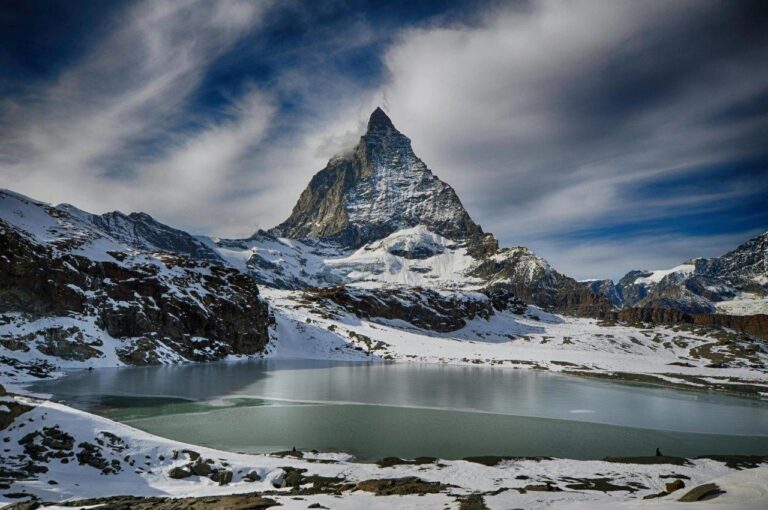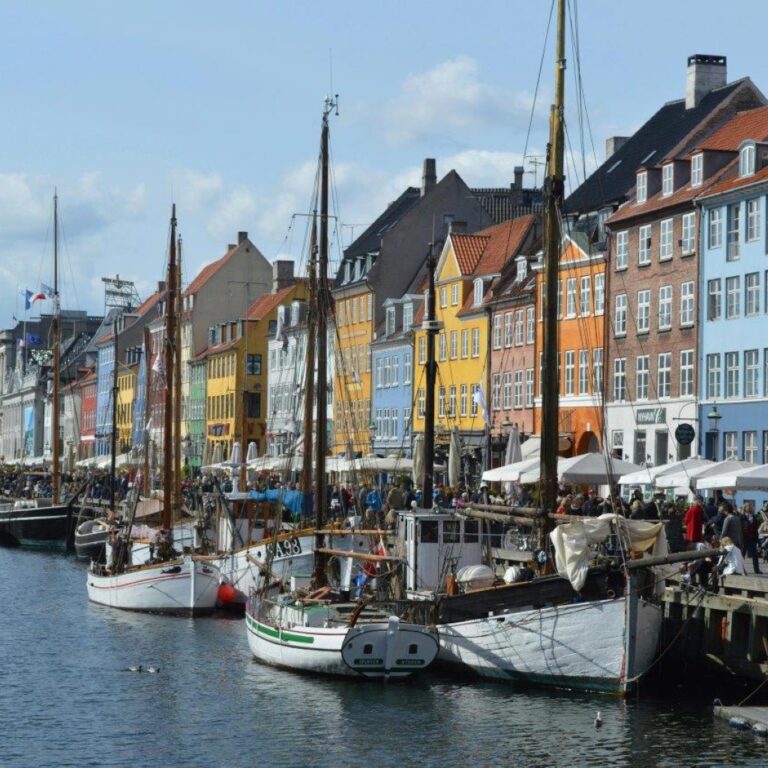The Alps stretch across eight countries: France, Switzerland, Italy, Monaco, Liechtenstein, Austria, Germany, and Slovenia.
Mont Blanc, located on the French-Italian border, is the highest peak in the Alps, standing at 4,810 meters (15,781 feet).
The Alps were formed about 30 million years ago through the collision of the African and Eurasian tectonic plates.
The name 'Alps' comes from the Latin word 'Alpes,' which means 'white' or 'bright,' likely referring to the snow-covered peaks.
Mountains are home to over 13,000 species of plants and animals, many of which are unique to the region.
The Alps are a major destination for winter sports, with world-famous ski resorts like Zermatt, Chamonix, and St. Moritz attracting millions of visitors each year.
The Matterhorn, one of the most iconic peaks in the Alps, is known for its distinctive pyramid shape and is a popular subject in photography and art.
The Alps are rich in cultural diversity, with over 100 dialects spoken in the region, reflecting its complex history and mix of cultures.
The Alpine region is famous for its cheese, with varieties like Swiss Gruyère, French Beaufort, and Italian Parmigiano-Reggiano being produced there.
The Alps play a crucial role in Europe's climate, acting as a barrier that influences weather patterns and providing water to major rivers like the Rhine, Danube, and Po.
The Alps have been inhabited for thousands of years, with evidence of human settlement dating back to the Neolithic period.
Montains are home to some of the world's most scenic train routes, including the Glacier Express, which connects Zermatt and St. Moritz.
The region is known for its traditional Alpine architecture, characterized by wooden chalets with sloping roofs designed to handle heavy snowfall.
The Alps are a UNESCO World Heritage Site, recognized for their natural beauty and cultural significance.
The Alps are a popular destination for outdoor enthusiasts, offering activities like hiking, mountaineering, cycling, and paragliding in the summer months.



